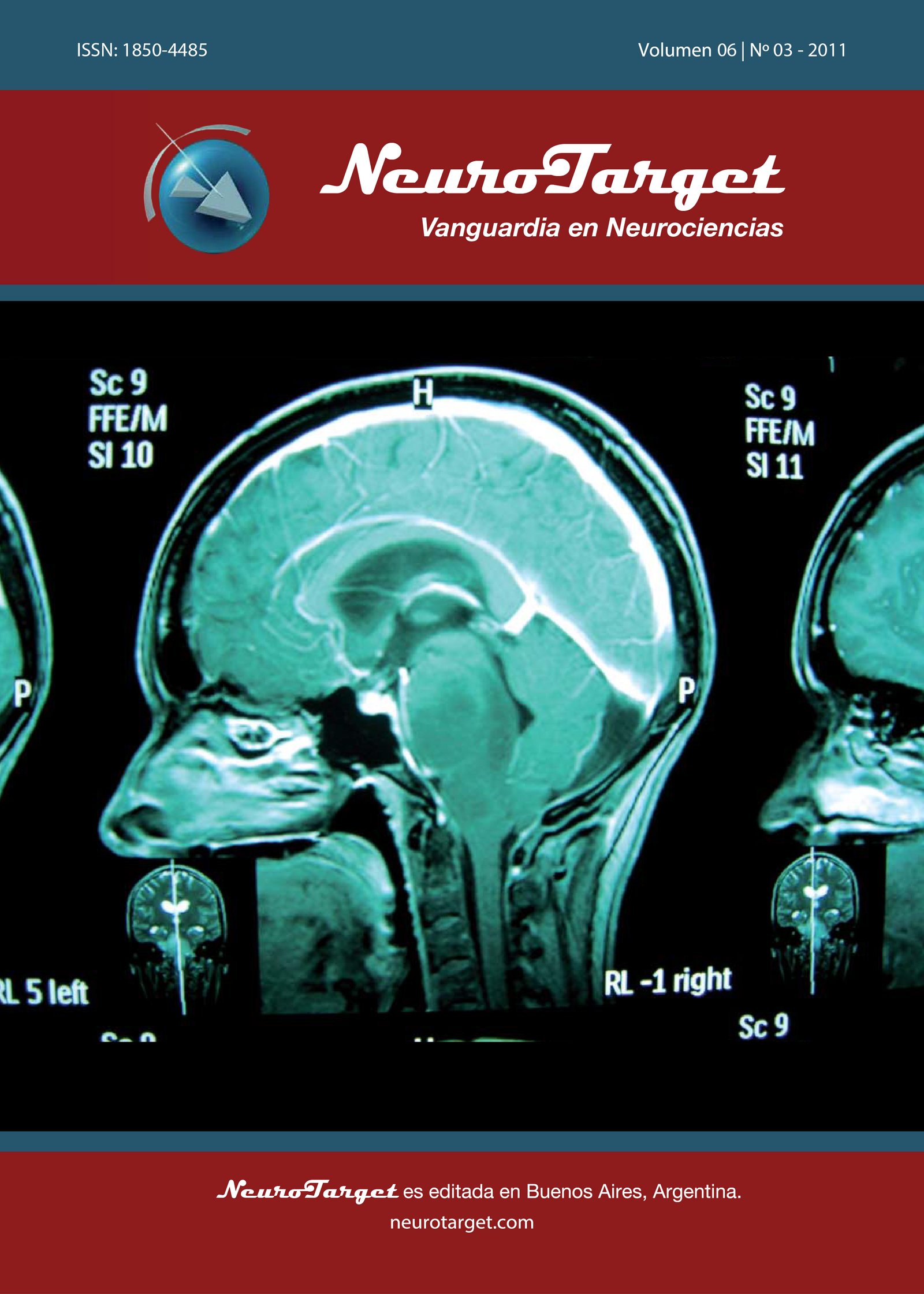Predicting the analgesic effect to oxycodone by ‘static’ and ‘dynamic’ quantitative sensory testing in healthy subjects.
Previously published in PAIN Journal® 2010;151:104-9.
DOI:
https://doi.org/10.47924/neurotarget2011277Keywords:
Cold pressor test (CPT), diffuse noxious inhibitory control (DNIC), opioid analgesia, quantitative sensory testing (QST), temporal summation, thermal pain thresholdAbstract
The large inter-individual variability in the magnitude of analgesia in response to opioids and the high prevalence of adverse events associated with their use underline the clinical importance of being ableto predict who will or will not respond to opioid treatment. The present study used both static and dynamic quantita- tive sensory testing (QST) on 40 healthy volunteers in order to test whether this methodologycan predict the analgesic effects of oral oxycodone, as compared to a placebo, on latency to onset, pain intensity, and tolerance to the cold pressor test (CPT). Static QST consisted of measuring heat and cold pain thresh- olds. Dynamic QST included measurements of the magnitude of the diffuse noxious inhibitory control (DNIC)-like effect and of temporal summation (TS). Results showed that oxycodone, but not the placebo, significantly elevated the latency and tolerance to cold pain and significantly reduced pain intensity.
Metrics
References
Eisenberg E, McNicol ED, Carr DB. Efficacy and safety of opioid agonists in the treatment of neuropathic pain of nonmalignant origin: systematic review and meta- analysis of randomized controlled trials. JAMA 2005;22: 3043-52.
Fillingim RB, King CD, Ribeiro-Dasilva MC, Rahim-Williams B, Riley 3rd JL. Sex, gender, and pain: a review of recent clinical and experimental findings. J Pain2009;10:447-85.
Smith HS. Opioid metabolism. Mayo Clin Proc 2009;84:613-24.
Mogil JS, Ritchie J, Smith SB, Strasburg K, Kaplan L, Wallace MR, et al. Melanocortin-1 receptor gene variants affect pain and mu-opioid analgesia in mice and humans. J Med Genet 2005;42:583-7.
Pud D, Yarnitsky D, Sprecher E, Rogowski Z, Adler R, Eisenberg E. Can personality traits and gender predict the response to morphine? An experimental cold pain study.Eur J Pain 2006;10:103-12.
Edwards RR, Haythornthwaite JA, Tella P, Max MB, Raja S. Basal heat pain thresholds predict opioid analgesia in patients with postherpetic neuralgia. Anesthesiology 2006;104:1243-8.
Wilder-Smith CH. Predicting pain and pain responses to opioids. Eur J PainSuppl 2007;1(S1):31-7.
Arendt-Nielsen L, Yarnitsky D. Experimental and clinical applications of quantitative sensory testing applied to skin, muscles and viscera. J Pain 2009;10:556-72.
Strulov L, Zimmer EZ, Granot M, Tamir A, Jakobi P, Lowenstein L. Pain- catastrophizing, response to experimental heat stimuli, and post-cesarean section pain. J Pain 2007;8:273-9.
Weissman-Fogel I, Granovsky Y, Crispel Y, Ben-Nun A, Best LA, Yarnitsky D, et al. Enhanced presurgical pain temporal summation response predicts post-thoracotomy pain intensity during the acute postoperative phase. J Pain 2009;10:628-36.
Yarnitsky D, Crispel Y, Eisenberg E, Granovsky Y, Ben-Nun A, Sprecher E, Best LA, Granot M. Prediction of chronic post-operative pain: pre-operative DNIC testing identifies patients at risk.Pain 2008;138:22-8.
Hill L, Wilder-Smith CH. Experimental pain measures predict clinical pain responses in postamputation pain. Eur J Pain 2006;10:S92.
Oaklander AL, Romans K, Horasek S, Stocks A, Hauer P, Meyer RA. Unilateral postherpetic neuralgia is associated with bilateral sensory neuron damage. Ann Neurol 1998;44:789-95.
Dickenson AH, Sullivan AF, Stanfa LC, McQuay HJ. Dextromethorphan andlevorphanol on dorsal horn nociceptive neurones in the rat. Neuro- pharmacology 1991;30:1303-8.
LeBars D, Willer JC, De Broucker T. Morphine blocks descending pain inhibitory controls in humans. Pain 1992;48:13-20.
Bouhassira D, Villanueva L, Le Bars D. Effects of systemic morphine on diffuse noxious inhibitory controls: role of the periaqueductal grey. Eur J Pharmacol 1992;216:149-56.
Treister R, Eisenberg E, Gershon E, Haddad M, Pud D. Factors affecting - and relationships between-different modes of endogenous pain modulation in healthy volunteers.Eur J Pain 2010;14:608-14.
Noble M, Treadwell JR, Tregear SJ, Coates VH, Wiffen PJ, Akafomo C, et al. Long-term opioid management for chronic non cáncer pain. Cochrane Database Syst Rev 2010;20:CD006605.
Grath M, Massalha W, Pud D, Adler R, Eisenberg E. Can co-administration of oxycodone and morphine produce antinociceptive synergy in humans? Results of an experimental model of cold-induced pain. Br J ClinPharmacol 2004;58:235-42.
Ram KC, Eisenberg E, Haddad M, Pud D. Oral opioid use alters DNIC but not cold pain perception in patients with chronic pain – new perspective of opioid induced hyperalgesia. Pain 2008;139:431-8.
Downloads
Published
How to Cite
Issue
Section
License
Copyright (c) 2011 Elon Eisenberg, Ayelet Midbari, May Haddad, Dorit Pudd

This work is licensed under a Creative Commons Attribution 4.0 International License.
The article is distributed under the Creative Commons Attribution 4.0 License. Unless otherwise stated, associated published material is distributed under the same licence.







